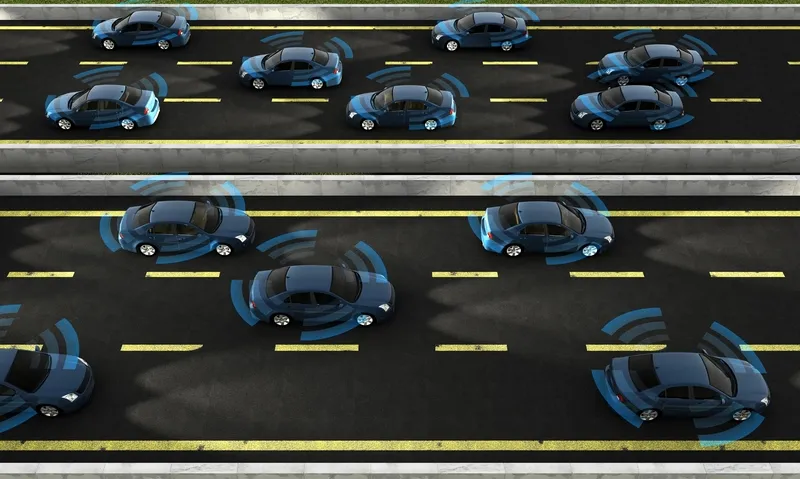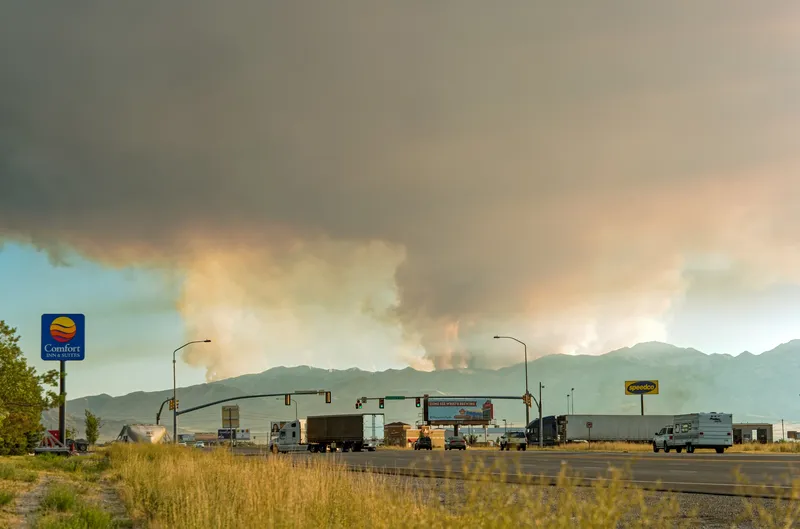Regina Hopper, president and CEO of ITS America, has responded to the introduction of the Vehicle-to-Infrastructure Safety Technology Investment Flexibility Act of 2015 by US Senators Gary Peters and Roy Blunt.
The Vehicle-to-Infrastructure Safety Technology Investment Flexibility Act of 2015 authorizes states to use existing surface and highway transportation funding provided by the National Highway Performance Program, the Surface Transportation Program and the Highway Safety Improvement Program to in
June 5, 2015
Read time: 2 mins
Regina Hopper, president and CEO of 560 ITS America, has responded to the introduction of the Vehicle-to-Infrastructure Safety Technology Investment Flexibility Act of 2015 by US Senators Gary Peters and Roy Blunt.
The Vehicle-to-Infrastructure Safety Technology Investment Flexibility Act of 2015 authorizes states to use existing surface and highway transportation funding provided by the National Highway Performance Program, the Surface Transportation Program and the Highway Safety Improvement Program to invest in V2I projects as they upgrade highway infrastructure.
"This legislation will ensure that state and local agencies can invest in Vehicle-to-Infrastructure (V2I) safety technologies that will allow 'smart' infrastructure to communicate in real-time with vehicles to prevent crashes and respond to traffic conditions as part of a connected transportation network," said Hopper. "We applaud Senators Gary Peters and Roy Blunt for their leadership in promoting innovative technology solutions to improve highway and vehicle safety. We look forward to working with them to support this critical legislation."
“Connected vehicles and infrastructure are the next frontier of the American auto industry and vehicle safety, and we must ensure that states can make the necessary investments to implement these critical safety technologies,” said Senator Peters.
“Vehicle-to-infrastructure wireless technology enables vehicles to communicate with each other and the world around them, helping to improve safety, prevent car accidents, and relieve traffic,” Senator Blunt said.
The Vehicle-to-Infrastructure Safety Technology Investment Flexibility Act of 2015 has broad support from transportation industry leaders including278 Ford, 948 General Motors, the 2094 Alliance of Automobile Manufacturers, the 4946 Association of Global Automakers, 1028 Cisco and ITS America—the High Tech Transportation Association.
“The auto industry has dedicated significant resources to developing innovative technologies to protect occupants in the event of a crash. Connected vehicle technologies like Vehicle to Vehicle (V2V) and Vehicle to Infrastructure (V2I) systems represent the next generation of auto safety that could help to prevent crashes from happening in the first place,” said Mitch Bainwol, president and CEO of the Alliance of Automobile Manufacturers.
“This legislation allows states the freedom to innovate by demonstrating and deploying these technologies to reduce accidents and save lives,” said John Bozzella, President and CEO of the Association of Global Automakers.
The Vehicle-to-Infrastructure Safety Technology Investment Flexibility Act of 2015 authorizes states to use existing surface and highway transportation funding provided by the National Highway Performance Program, the Surface Transportation Program and the Highway Safety Improvement Program to invest in V2I projects as they upgrade highway infrastructure.
"This legislation will ensure that state and local agencies can invest in Vehicle-to-Infrastructure (V2I) safety technologies that will allow 'smart' infrastructure to communicate in real-time with vehicles to prevent crashes and respond to traffic conditions as part of a connected transportation network," said Hopper. "We applaud Senators Gary Peters and Roy Blunt for their leadership in promoting innovative technology solutions to improve highway and vehicle safety. We look forward to working with them to support this critical legislation."
“Connected vehicles and infrastructure are the next frontier of the American auto industry and vehicle safety, and we must ensure that states can make the necessary investments to implement these critical safety technologies,” said Senator Peters.
“Vehicle-to-infrastructure wireless technology enables vehicles to communicate with each other and the world around them, helping to improve safety, prevent car accidents, and relieve traffic,” Senator Blunt said.
The Vehicle-to-Infrastructure Safety Technology Investment Flexibility Act of 2015 has broad support from transportation industry leaders including
“The auto industry has dedicated significant resources to developing innovative technologies to protect occupants in the event of a crash. Connected vehicle technologies like Vehicle to Vehicle (V2V) and Vehicle to Infrastructure (V2I) systems represent the next generation of auto safety that could help to prevent crashes from happening in the first place,” said Mitch Bainwol, president and CEO of the Alliance of Automobile Manufacturers.
“This legislation allows states the freedom to innovate by demonstrating and deploying these technologies to reduce accidents and save lives,” said John Bozzella, President and CEO of the Association of Global Automakers.










